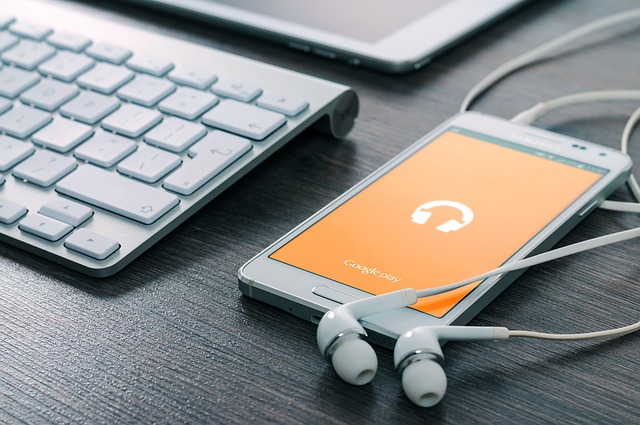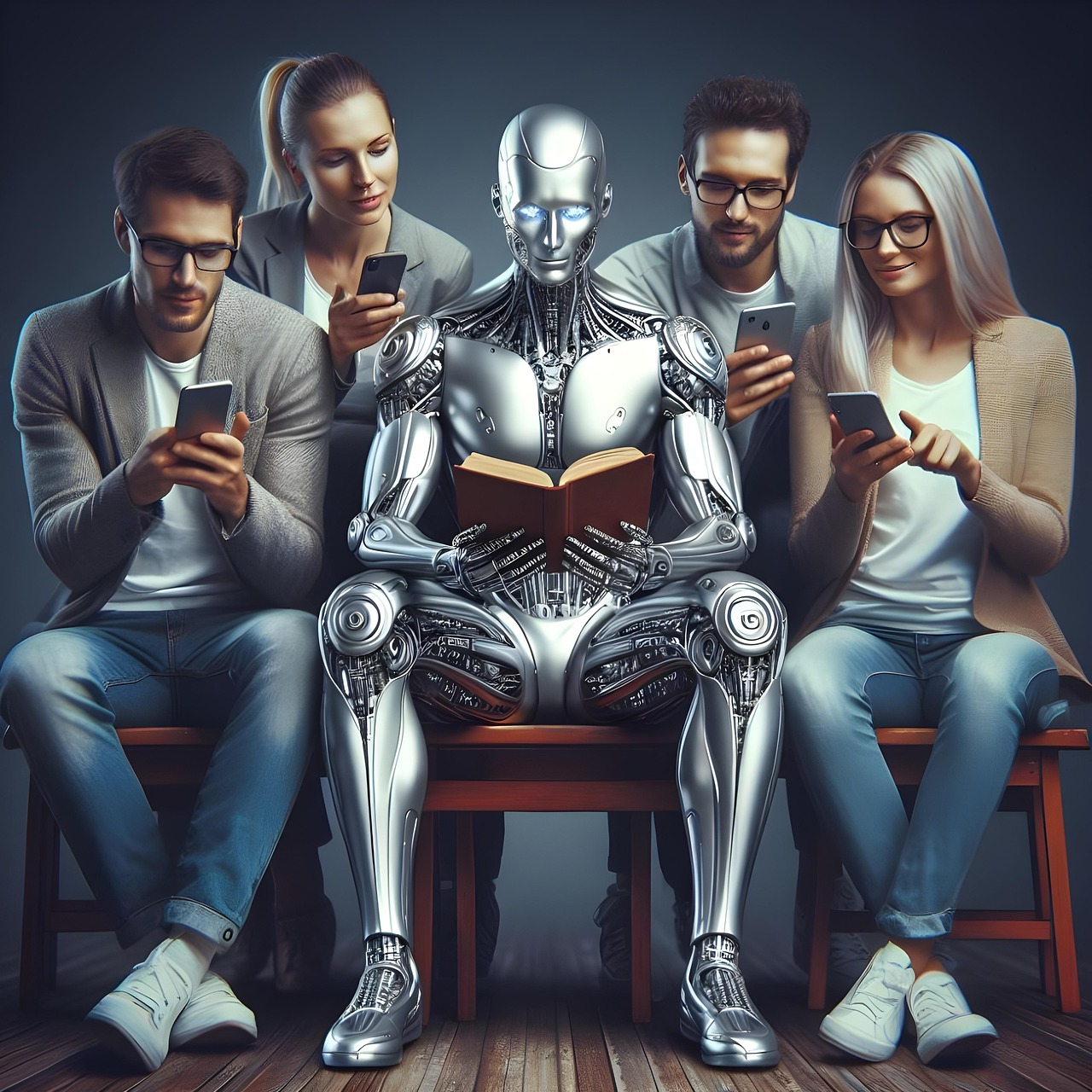
Technology is advancing at an unprecedented pace, revolutionizing both how we live and how we work. In this rapidly shifting environment, it’s not only the new innovations that are reshaping the future—it’s also the evolving roles of IT professionals. Gartner’s research on strategic tech trends suggests that the most impactful advancements will disrupt industries and drive business growth in the years ahead.
So, what does this mean for you? The takeaway is simple: keeping up with cutting-edge technologies is essential to securing your career’s future. In this article, we’ll walk you through the key tech trends that are expected to redefine the digital landscape—and highlight the skills you need to succeed in them.
Read more about Popular and profitable way
Read more about Trendy gadgets and technological advancement
Leading the wave of new technology trends in 2025 is generative AI, the hot topic across industries. This transformative technology is redefining the landscape with its capability to produce advanced, human-like outputs—ranging from text and visuals to audio and even complex simulations. Breakthroughs in generative models, such as GPT-based systems and multimodal platforms, are unlocking fresh opportunities in digital content, automated design, and immersive interactions.
Generative AI is not only boosting efficiency but also reshaping how organizations tackle challenges, engage customers, and drive creativity, making advanced tools more widely available and adaptable across fields. As we move through 2025, enterprises will increasingly embed generative AI into their operations to accelerate innovation and deliver personalized solutions at scale.
The Google Pixel Tablet is a flexible Android device equipped with a docking station that functions both as a charger and a smart home hub.
This dual-purpose design lets users effortlessly switch between using it as a handheld tablet and a stationary smart display.
For example, once placed on the dock, the Pixel Tablet can act as a digital photo frame or a central hub for managing smart home devices.
This technology was created and introduced by Google.
When in Hub Mode, activated while docked, the Pixel Tablet turns into a smart home controller, allowing users to adjust lighting, thermostats, and other connected gadgets through either touch controls or voice commands.
This seamless integration may help users save as much as 30 minutes per day on smart home management activities.
Modern gadgets come in an incredible variety, with breakthroughs spanning computing, communication, healthcare, entertainment, and smart home technology. Below are some of the most influential and widely used devices in today’s world:
Arguably the most impactful device of our time, the smartphone combines the roles of a phone, camera, mini-computer, and entertainment hub. They’re indispensable in modern life, offering apps for everything from banking and social networking to fitness monitoring and online shopping. For most people, smartphones are the core of their connected lifestyle.
Wearable technology, particularly smartwatches like the Apple Watch or Fitbit, has surged in demand. Beyond telling the time, these gadgets monitor health indicators such as heart rate, steps, calorie usage, and even sleep quality. Many sync with smartphones, letting users handle calls, receive alerts, and manage music directly from their wrist.
Devices like the iPad or Microsoft Surface strike a balance between portability and screen size. They’re perfect for watching videos, reading, taking notes, or handling light work duties. Tablets effectively fill the gap between smartphones and laptops, offering both convenience and flexibility.
Despite the dominance of mobile devices, laptops remain essential for education, work, and demanding tasks. With strong processors and slimmer designs, laptops and ultrabooks continue to be vital tools for students, professionals, and those who work on the go.
The expansion of the Internet of Things (IoT) has fueled the rise of home automation tools. Gadgets such as smart thermostats (e.g., Nest), voice assistants (e.g., Amazon Alexa, Google Assistant), intelligent lighting systems, and connected security cameras are transforming households. They provide convenience, reduce energy use, enhance safety, and can often be managed remotely through phones or voice commands.
VR headsets like Oculus Rift or HTC Vive push gaming, training, and education into immersive new spaces by placing users in simulated worlds. AR devices, including smart glasses and AR-ready smartphones, overlay digital data onto physical surroundings, enriching experiences in shopping, navigation, and entertainment.
Once confined to military applications, drones are now widely used by hobbyists, photographers, and even delivery companies. They’re popular for aerial shots, mapping, and transport. Affordable pricing and accessibility have made drones a common gadget for both professional and leisure use.
products like the Amazon Kindle or Barnes & Noble Nook have transformed reading habits by digitizing books. Using e-ink screens that resemble printed pages, e-readers allow comfortable long-term reading. With the ability to store thousands of titles, they’ve redefined the way people access and enjoy literature.
Devices such as smartphones, laptops, and tablets have significantly enhanced how quickly and effectively we handle tasks. With instant access to emails, files, and apps on the move, people can manage work, studies, or personal responsibilities from virtually anywhere, offering greater flexibility and balance between professional and personal life.
Smartphones and similar devices have transformed the way we connect. From instant messaging and video chats to social media platforms, gadgets keep us linked to others across the globe. This ease of communication has helped overcome physical distances and strengthened both personal and professional bonds.
Technology has reshaped entertainment, making it portable and accessible. Streaming platforms such as Netflix and Spotify, along with gaming consoles like PlayStation and Xbox, provide endless entertainment possibilities. Portable gadgets like e-readers and tablets allow users to enjoy books, movies, and music anytime, anywhere.
Modern gadgets play a growing role in fitness and healthcare. Wearables like fitness trackers, sleep monitors, and heart-rate sensors encourage healthier habits by offering insights into personal health. Medical devices such as digital thermometers and blood pressure monitors also make managing long-term health conditions more convenient.
The COVID-19 crisis highlighted how gadgets can reshape the work environment. Tools like Zoom, Slack, and cloud-based software made remote work and digital teamwork possible. These technologies allow businesses to remain productive even in difficult times.
The widespread use of gadgets has also led to rising issues with electronic waste. Millions of discarded devices contribute to environmental problems. This has pushed manufacturers to create more eco-friendly products, focus on recyclability, and minimize the use of toxic materials.
As innovation moves forward, gadgets will continue to integrate more deeply into everyday life. Advancements in artificial intelligence, 5G networks, and even quantum computing will likely shape the next generation of devices.
With improvements in AI, devices will become more personalized, learning user behavior and anticipating needs. Digital assistants may evolve into advanced companions capable of predicting tasks and providing proactive support.
Devices with bendable screens are already making their way into the market, such as Samsung’s Galaxy Z Flip. In the future, gadgets may physically adjust to suit different uses, from foldable tablets to flexible televisions.
Virtual reality (VR) and augmented reality (AR) are set to provide deeper interactive experiences. Imagine AR glasses that display directions or instant translations right before your eyes, or VR systems that let you attend events and meetings without leaving your home.
Wearable technology is advancing rapidly, with potential for devices that embed into clothing, skin, or even the body. Future gadgets might include health-monitoring implants or smart contact lenses capable of projecting digital data directly into vision.
Computers have transformed the way people live and work, making tasks easier, storing information, and handling data rapidly and effectively. The creation of the transistor, or semiconductor, in 1947 marked the beginning of the path toward personal computers. This innovation replaced the vacuum tube and made possible smaller, more dependable electronic devices. John Blankenbaker’s Kenbak-1 is often regarded as the first personal computer. Another crucial step in PC development was the invention of the microprocessor in 1971.
The Micral, released in 1973, was the first personal computer to use a microprocessor. Around the same time, the Xerox Alto (1973), although never commercially sold, became a milestone in home computing: it introduced both the graphical user interface and the mouse. In 1975, the Altair 8800 appeared, the first PC to use Microsoft Basic, a programming language created by Bill Gates and Paul Allen, co-founders of Microsoft.
As with many world-changing technologies, the Internet emerged from previous experiments and innovations. The connection of four university computers through ARPAnet in 1969 laid the foundation for what would become the Internet. Later, in the late 1970s, Vinton Cerf designed the “Transmission Control Protocol” (TCP), which enabled computers to transfer files reliably. This invention was fundamental to Tim Berners-Lee’s creation of the World Wide Web in 1991, which reshaped modern society. The Internet continues to advance, providing new ways of communication and fostering economic, cultural, and social growth. In Spain, Telefónica’s Infovía service, launched in 1995, made the Internet widely accessible in households.
The first truly portable mobile phone appeared in 1983: the Motorola DynaTAC 8000X, designed by engineer Martin Cooper, with a battery that lasted about 30 minutes. The earliest generation of mobile phones could only be used for voice calls, but as they improved, they began to include additional features such as SMS messaging and email. This evolution opened the door to smartphones, capable of accessing the Internet, taking photos, playing music, providing GPS navigation, and connecting to social networks, among many other uses. Today, mobile phones are indispensable in both personal and professional life.




